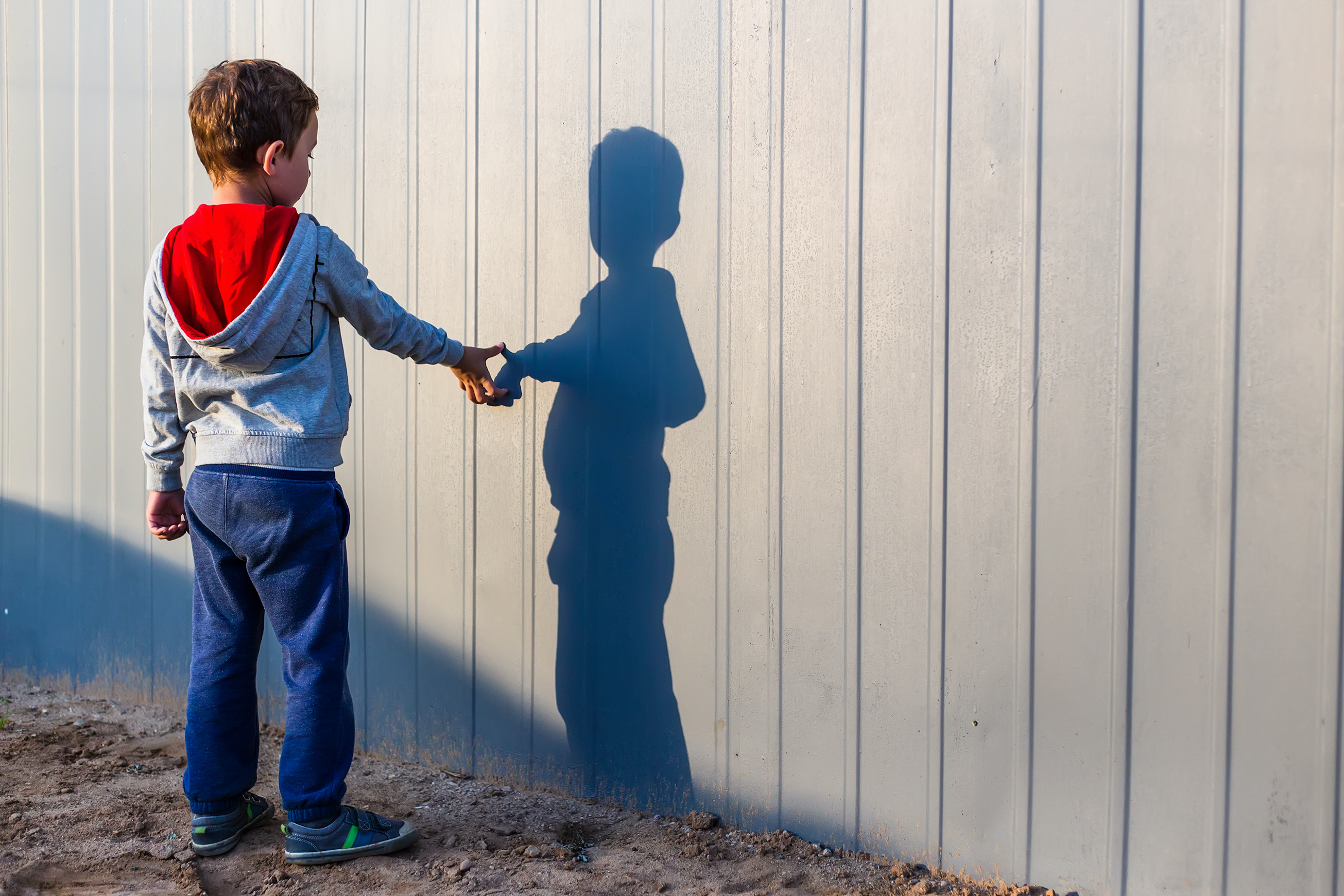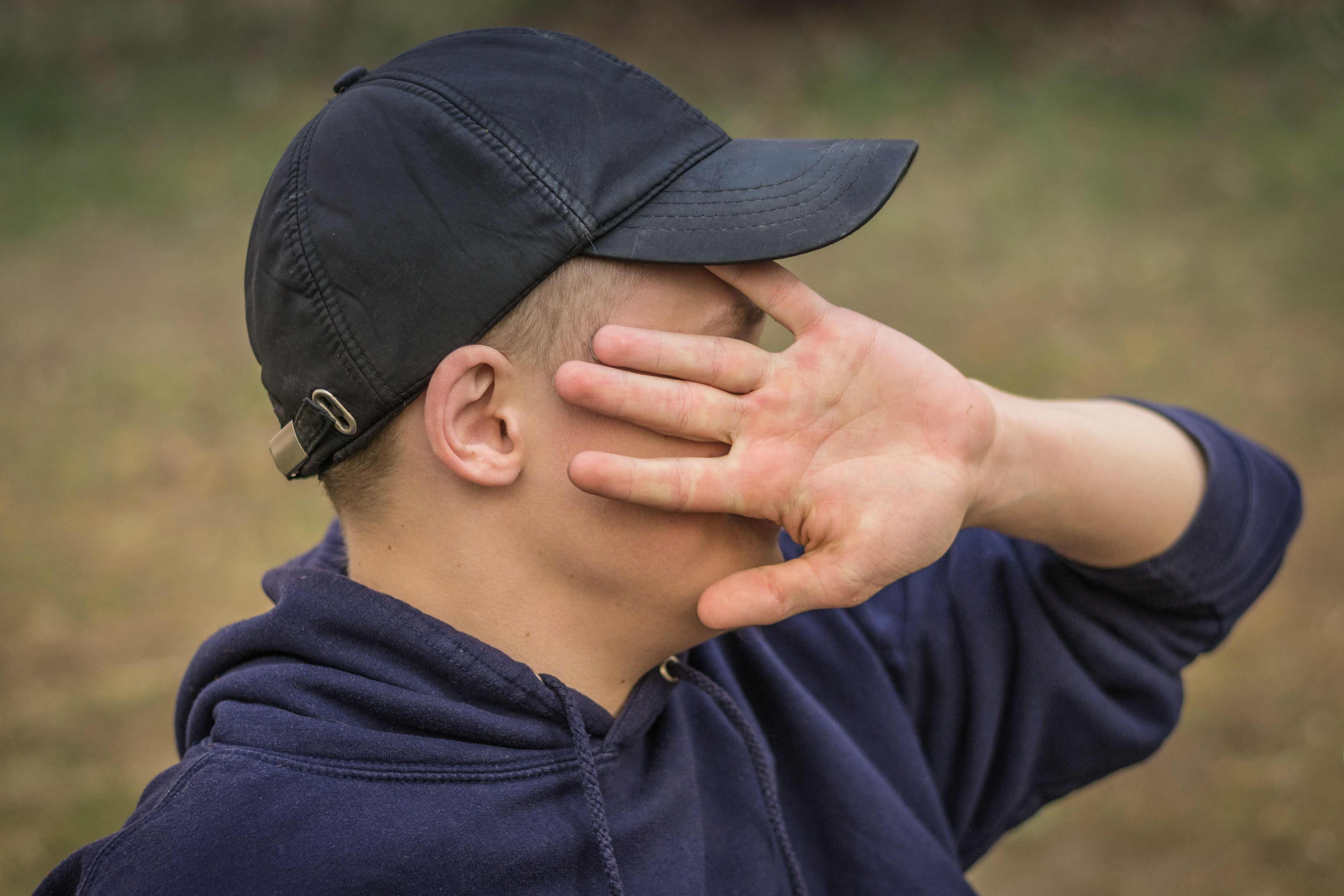The autism concept has changed enormously over the last 30 years that I’ve been working in the field and, of course, before that as well. Autism is a relatively recent diagnosis introduced in the 1940s and only used in diagnostic systems in the 1960s. However, since that time, we’ve seen several radical changes. The first is that autism has changed from a relatively narrow definition to a much broader definition.
Autism has many faces. On the one hand, autism encompasses a child of four who has social and communication difficulties, who doesn’t go to their parents even when hurt or upset. Or who, perhaps, hasn’t developed language skills and doesn’t turn around when they hear their name called. Therefore, autism could be evident in a child who isn’t alert to communication and who is rigid and repetitive in their play, perhaps spending hours lining up their toy cars or watching water drip from their fingers.
Still, another face of autism is the adult who might be highly verbal; the adult who has a well-developed special interest in astronomy or who collects photographs of electricity pylons; the adult who is socially curious and very sociable, but who gets it wrong, who stands a bit too close to the person they want to talk to. This adult can’t decipher if somebody is making a joke or being sarcastic. Therefore, we have a broad spectrum, the autism spectrum, which has a lot of different manifestations of the same core underlying difficulties in social and communication functioning with rigid and repetitive behaviours.
From rare to common
In the past, we thought of autism as quite rare. When I started studying autism, the estimate was maybe 4 in 10,000 individuals might be autistic. Now, the estimates are around 1%. With this broader definition, 1 in 100 children and adults will meet criteria for autism. We’ve changed from autism being rare and narrowly defined to being relatively common and broadly defined. Many autistic people will have good intellectual functioning and language skills. However, they continue to show certain communication difficulties and those rigid, repetitive traits that distinguish them from other, non-autistic people.
One area where we’re still lagging behind in recognition of autism is in autistic women. There are probably many more autistic women and girls than are currently recognised. That’s partly because we have a bias that autism is a male-specific condition. Probably three times as many males as females warrant the autism diagnosis, but those autistic females aren’t always recognised. That’s for several reasons, including that autism possibly looks a bit different in women and girls.
We’ve also changed from a concept of autism as being a childhood condition to recognising that autism is a lifespan condition. Autistic children grow up to be autistic adults, and in particular, we know very little about what happens to autistic people as they grow old. There are hardly any studies of old age in autism, and we need to understand how autistic people age. A lifespan perspective is essential.
Everybody has some autistic traits
We’ve moved from thinking of autism as a discrete entity, something that’s completely different from anything else, to thinking of autism more dimensionally. This is true in the understanding of many psychological conditions, neurological conditions and neuropsychological conditions more generally. If we think about something like attention deficit hyperactivity disorder (ADHD), we know that it exists on a continuum with typical attention difficulties.
For autism too, if we ask anybody in the street about their social communication skills, about how rigid they are or how flexible they are, you will find that everybody has some autistic traits. It’s when those traits add up so much that they cause some degree of impairment that an individual will be diagnosed with autism spectrum disorder. Yet, interestingly, even at the genetic level, we know that the genes that predispose people to be diagnosed with autism are largely overlapping with the genes that affect subclinical individual differences in that grey area of autistic characteristics. We’re moving towards a more dimensional notion, at least in terms of behaviour and genetics.
When we think about how autistic people process the world differently from non-autistic people, there may be some real qualitative differences. For example, most autistic people find it difficult to intuitively know what somebody might be thinking. They find it difficult to understand that somebody might not know something that they know, which plays into communication difficulties. That characteristic of the autistic mind seems to be rather qualitatively different from anything we see in non-autistic people.
Another way in which our concept of autism has changed is to recognise that autism rarely appears alone. Most autistic people also face additional challenges, ranging from epilepsy to eating disorders. Sleep problems are pervasive in autism but very treatable, as are mental health comorbidities. Autistic people, children and adults, are at a significantly elevated risk of anxiety and depression, and, tragically, of suicide.
Some of these challenges may have a genetic connection with autism; some of them are related to the environment and the life that an autistic person might live. Autistic people are also subject to more adverse life events, such as bullying, for example. That in itself can lead to anxiety and depression. We’re becoming aware that adverse health conditions are also more common in autistic adults. Moreover, we must examine what happens to autistic individuals as they get older and confront age-related health conditions.
Autism as part of neurodiversity
The concept of autism has changed very radically over a short period and continues to evolve. For example, we have moved from thinking of autism as a neurodevelopmental disorder to thinking about neurodiversity: the idea that autistic people are different in many ways, but they’re not deficient in aspects of their psychological understanding, their cognition or in their behaviour.
A lot of autistic self-advocates are talking about their first-hand experience of autism and, for example, saying that any idea of curing autism is unacceptable to them because autism is who they are, it’s their identity—it’s not a condition that they have. For them, it’s as inappropriate to talk about a cure for autism as it would be to talk about a cure for homosexuality. Currently, a complex discourse concerns how society demands autistic people to change instead of attempting to accommodate their needs.
Diagnosing autism today
An autism diagnosis relies on behavioural observation. There isn’t a blood test nor a chromosome test. The clinician is looking for those critical social communication difficulties, those rigid and repetitive traits, and typically they will try and obtain a developmental history from a parent, for example, to check that these differences and difficulties were early-onset, not something that appeared later in life. They’ve always been there. They’re part of that child and that adult’s character. The clinician will also do a one-to-one observation with the child or adult and look for social interaction difficulties.
Diagnosis can be straightforward for some autistic people, but it can also be very complicated. As we take this broader spectrum, there are grey shades. There are people about whom you would ask, are their traits enough to say this is an autism diagnosis? One aspect that can make this difficult is what’s been called “masking” or “camouflaging.”
Masking or camouflaging autism
Many intellectually-able autistic adults say that they’ve consciously and deliberately learnt to appear neurotypical and non-autistic. They may train themselves to maintain eye contact, for example, which they might find uncomfortable. By looking at the bridge of somebody’s noise to simulate it. They’ve learnt how to modulate their voices or to pose a smile as is expected by neurotypical people.
This masking can sometimes make it difficult in a diagnostic situation to see the autistic traits that the clinician is looking for. I think, for example, of an autistic woman that I got to know quite well. The first time that I met her, we had coffee for about half an hour, and she told me she was autistic. Of course, I believed her, but I didn’t notice anything in her behaviour that indicated that she was autistic. Her movements were fluid, and she was very smiley and had a lot of facial expressions.
The trouble with masking
Nevertheless, the next time I met her was at the end of a tiring day for her. We spent more time together, about an hour instead of half an hour, and about 40 minutes into our meeting, I could see the mask slipping. Her face became noticeably stiller, her voice flatter. She was no longer posing a smile, and her body language became stiller and more wooden. Whether it was because she was tired and couldn’t keep up the mask, or because she felt more comfortable and didn’t have to mask, I didn’t ask her at the time. However, subsequently, she came to stay with us, and within a few hours, even my children could have diagnosed her as autistic.
Her ability to camouflage, to pass as neurotypical, was a conscious, effortful process, which she couldn’t maintain for an extended period without exhaustion, quite understandably. Many autistic people learn to mask their autism, but it’s like speaking a foreign language that you learnt late in life and speaking it 24/7; it’s exhausting. Autistic people also tell us that it erodes their sense of self, their identity.
This leads us to interrogate why autistic people are forced to mask. A lot of them tell us it’s because they’ve been bullied or ostracised or teased at school for looking autistic, for acting autistic, thus they are compelled to hide it. Also, the social skills training that we give to autistic children typically teaches them to mask and tells them that the way that they “do social” is not good enough, and they have to do it “our way,” the neurotypical way.
We must question that message and whether that’s fair, and instead try and say, ‘I can teach you to speak the language and the body language of neurotypicals, but that’s not saying that your autistic language and way of thinking is wrong. It’s just to say that, like learning another language, this allows you to travel and to do things you might not otherwise feel comfortable doing.’ We must send the message that, ‘your authentic autistic self is perfectly fine.’
Discover more about
autism
Fletcher-Watson, S., & Happé, F. (2019). Autism: A New Introduction to Psychological Theory and Current Debate. Routledge.
Spain, D., Zıvralı Yarar, E., & Happé, F. (2020). Social anxiety in adults with autism: a qualitative study, International Journal of Qualitative Studies on Health and Well-being, 15(1).
Stewart, G., Corbett, A., Happé, F., et al. (2020). Sleep problems and mental health difficulties in older adults who endorse high autistic traits. Research In Autism Spectrum Disorders, 77.
Carpenter, B., Happé, F. & Egerton, J. (Eds) (2019) Girls and Autism: Education, Family and Personal Perspectives. London: Taylor & Francis/Routledge.


